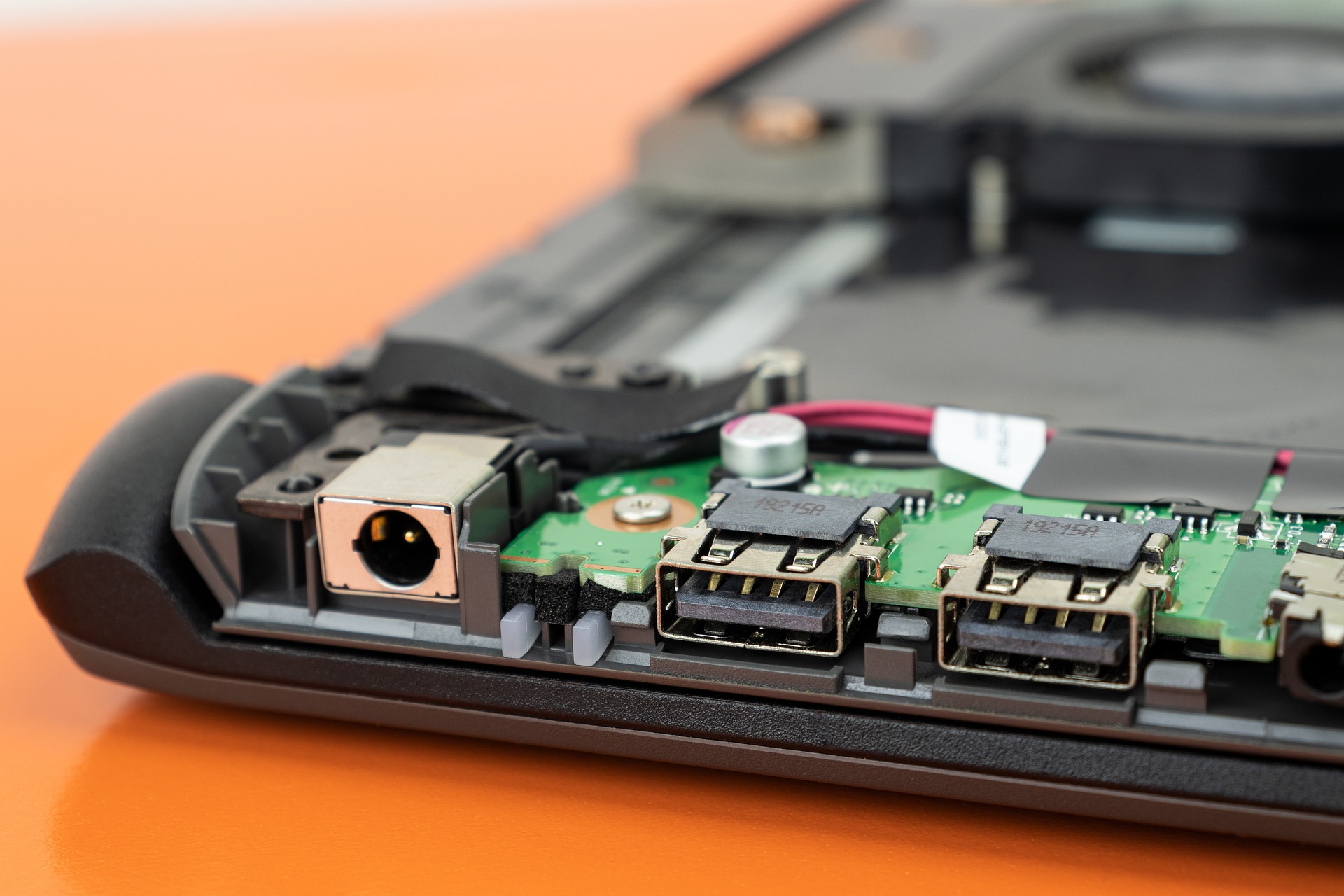Electric Jolt: A Deep Dive into the World of E-Paper Displays
E-paper displays have been quietly reinventing the way we consume visual content. From e-readers to smartwatches, this technology is redefining crisp, clear, and energy-efficient displays. Let's embark on a journey to uncover the history, current advancements, and future scope of this intriguing technology.

The Birth and Evolution of E-Paper
E-paper or electronic paper was first conceived in the 1970s at Xerox’s Palo Alto Research Center. Its core principle was to mimic the appearance of regular ink on paper. The initial prototypes were based on the concept of electrophoresis, where electrically charged particles move in a fluid when subjected to an electric field. Over time, this technology evolved, giving birth to the modern e-paper displays we know today.
How Does E-Paper Work?
At the heart of every e-paper display is a layer of tiny capsules filled with a clear fluid and black and white particles. When an electric charge is applied, these particles move to the top or bottom of the capsule, creating the effect of black or white pixels. The beauty of this system is that once the charge is removed, the particles remain in place, requiring no power to maintain the image.
E-Paper Today: The Kindle Effect
The most popular use of e-paper today is in e-readers, most notably the Amazon Kindle. Launched in 2007, the Kindle brought e-paper into the mainstream. It offered a reading experience similar to physical books, with less strain on the eyes and excellent readability even in bright sunlight. Its energy efficiency ensured weeks of battery life, redefining the reading experience for millions.
E-Paper Beyond E-Readers
E-paper technology is not confined to e-readers. It’s making its way into other devices like smartwatches and smartphones. The Pebble smartwatch, for instance, employed an e-paper display for exceptional battery life. Future applications also include electronic shelf labels in supermarkets and digital signage, offering low power consumption and excellent visibility.
The Future: Full-Color and Flexible E-Paper
The e-paper technology of the future holds exciting possibilities. Currently, researchers are striving to develop full-color e-paper that could offer the same vibrant color reproduction as LCD or OLED displays. Flexible e-paper is another area under exploration, which could lead to rollable displays and more innovative applications.
In terms of market impact, the e-paper display market is expected to reach USD 6.33 billion by 2028, growing at a CAGR of 6.1% from 2021 to 2028, according to a report by Grand View Research. This growth is driven by the increasing adoption of e-paper displays in wearable devices, smartphones, and other consumer electronics.
E-paper is a testament to technology’s ability to blend seamlessly into our daily lives. Its journey from a research lab to our hands has been remarkable, and its future promises to be even more so. As we move towards a future of vibrant, flexible, and ultra-energy-efficient displays, e-paper is a technology to watch.




